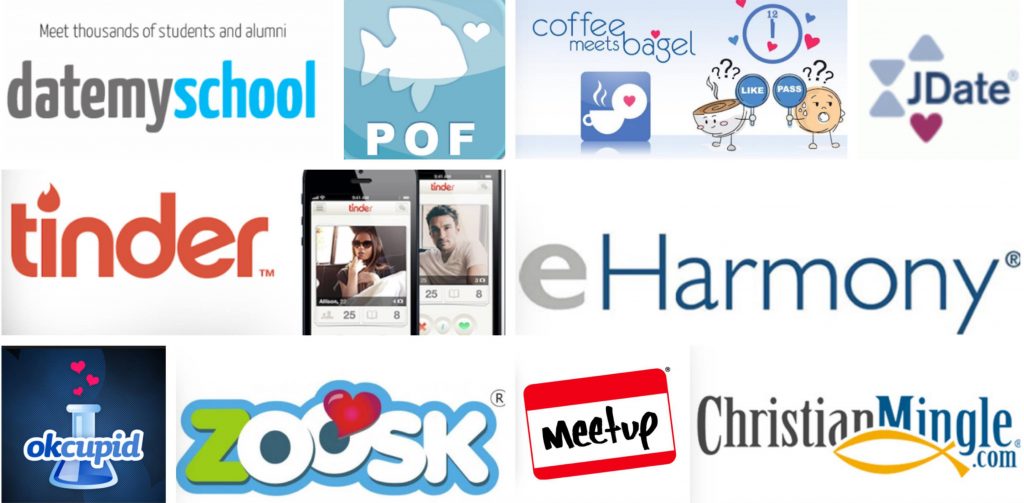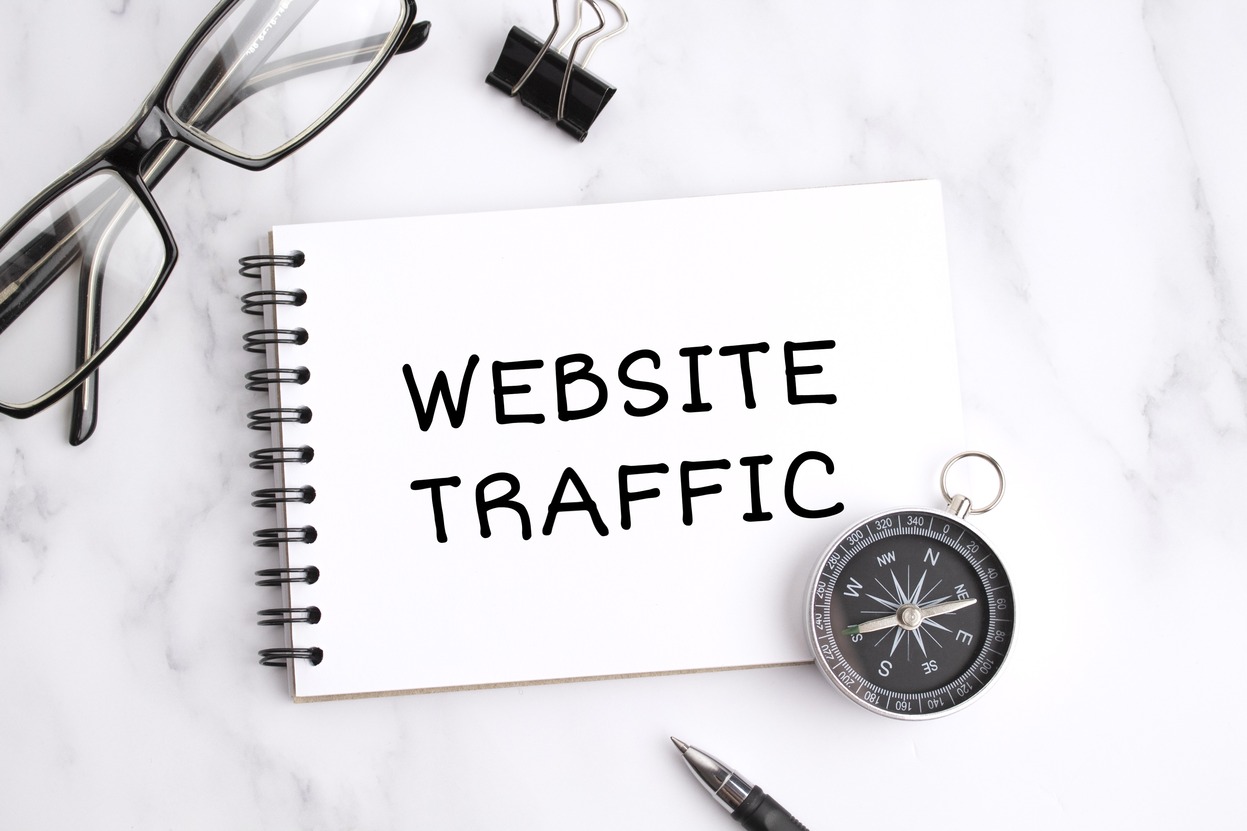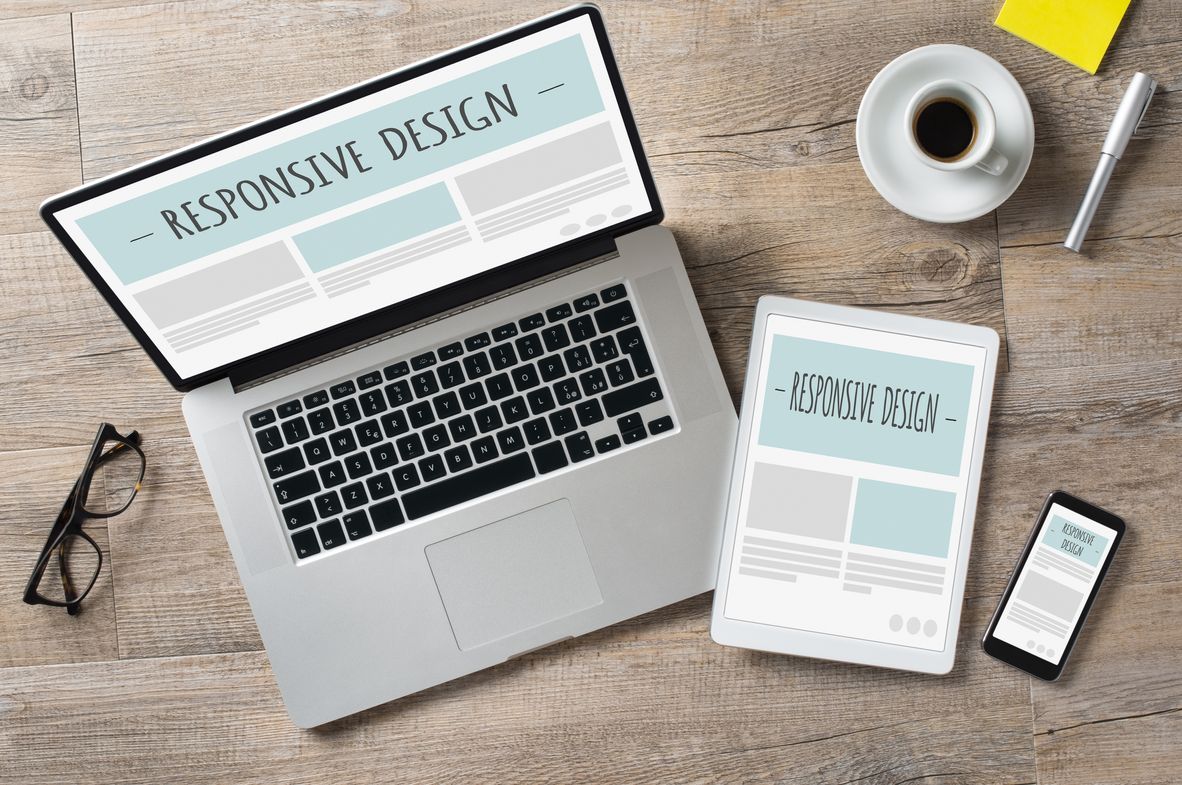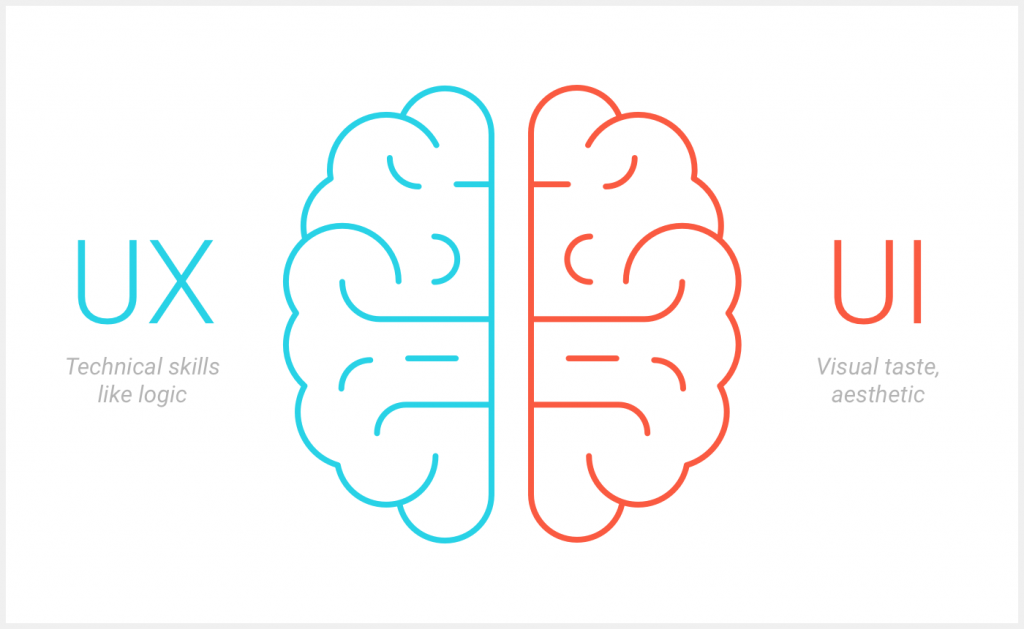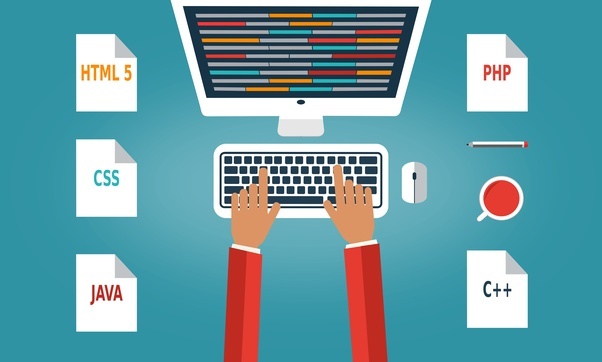
How often do you exert time and effort into your new leads? How do you feel when you realized that your leads do not need or have no budget to buy your products?
It’s a sure thing that many business owners would agree that sales are a long, arduous process. On average, it becomes more challenging as you notice that you are spending too much time and effort in processing bad leads.
Fortunately, you can take advantage of questionnaires to help you find good leads and improve your sales.
What Are Questionnaires?
A questionnaire is a tool that you can use to conduct a survey for collecting information about your new leads. It allows your sales team to understand your target market more effectively, especially their needs.
As you probably know, your sales team should connect with your prospective clients or customers right away. They can utilize the initial interaction to determine how your products or services can help your prospects.
By running questionnaires, it’s a lot easier for your business to reduce the investment in processing bad leads. Instead, it will both improve and speed up your sales process. Dating and hookup sites often use questionairres to lead their leads into sales such as on fuckbook. Your sales team could focus on high quality leads despite too many inquiries.
When you gather comprehensive insights with the help of questions, you can overcome even the biggest lead generation. Not only that, but you can also:
- Generate high quality leads
- Convert leads into buying customers
- Demonstrate the ROI of purchasing from you sales
- Communicate product or service value
- Guide your prospect by lengthening the sales cycle
Why Do Questionnaires Matter?
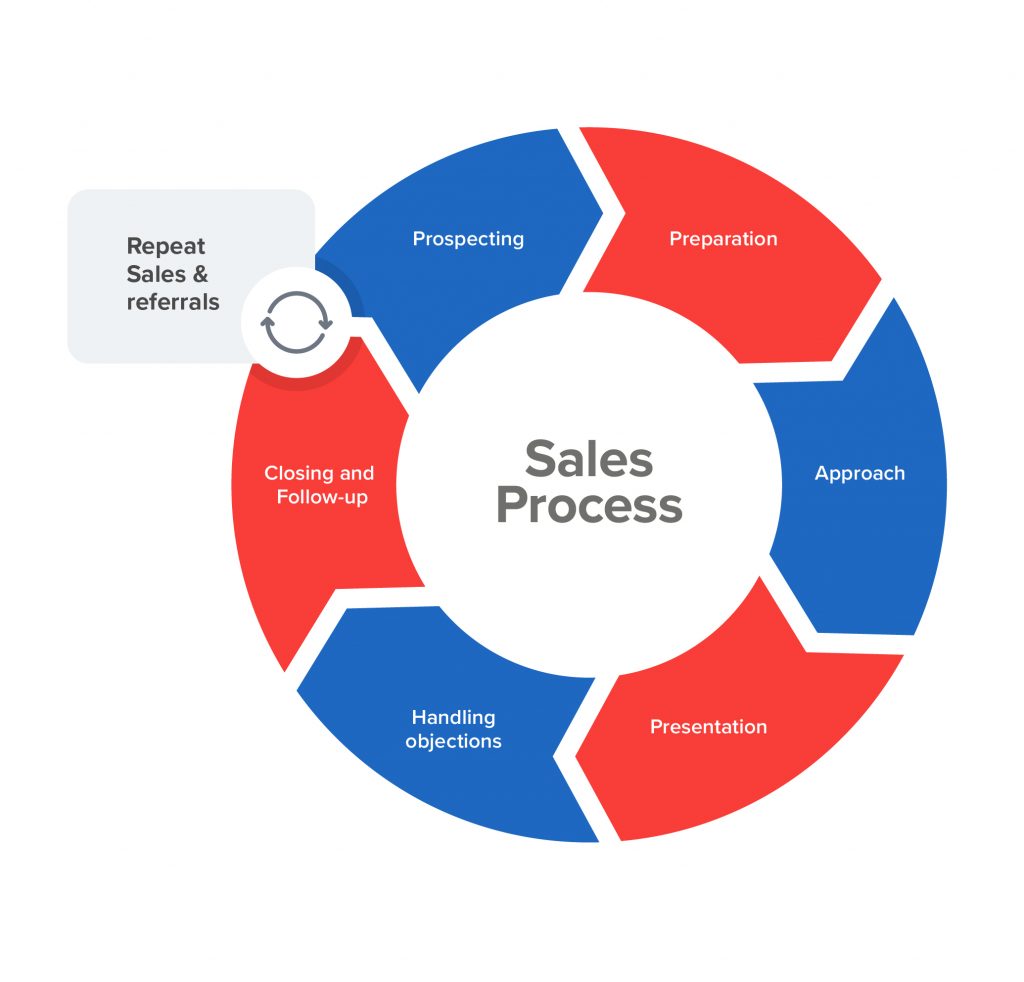
Questionnaires enable businesses of all sizes to learn the opinions of their target existing and target customers. They are essential tools for improving the overall quality of your products or services. As a result, you can drive more sales. Apart from that, you can also experience the following benefits:
- Simplified Lead Qualification Process
Did you know that not all of your prospects are good fit for your business? With the help of questionnaires, you can figure out which among them you should invest time and effort at.
- Reduced Preparation Time
Your sales team should conduct a sufficient amount of research about each lead and prospect. They can make use of questionnaires to get direct insights, which will cut the preparation time significantly.
- Improved Sales Message Targeting
Soon as you determine what your target customers are looking for, it’s a lot easier for you to focus on the communication and making more relevant sales experience.
- Shortened Sales Cycle
After you determined both the preferences and expectations of your leads, you can tailor their experience. What’s more, you can make their decision stage even faster.
- Saves Time and Effort
With the help of questionnaires, you can save time and effort normally wasted on bad leads. They can validate the data and qualifications, as well as engage your sales team to the best leads.
For your next sales effort, make sure that questionnaires are part of your strategy. Other than improving your sales, they can also retain customers.

